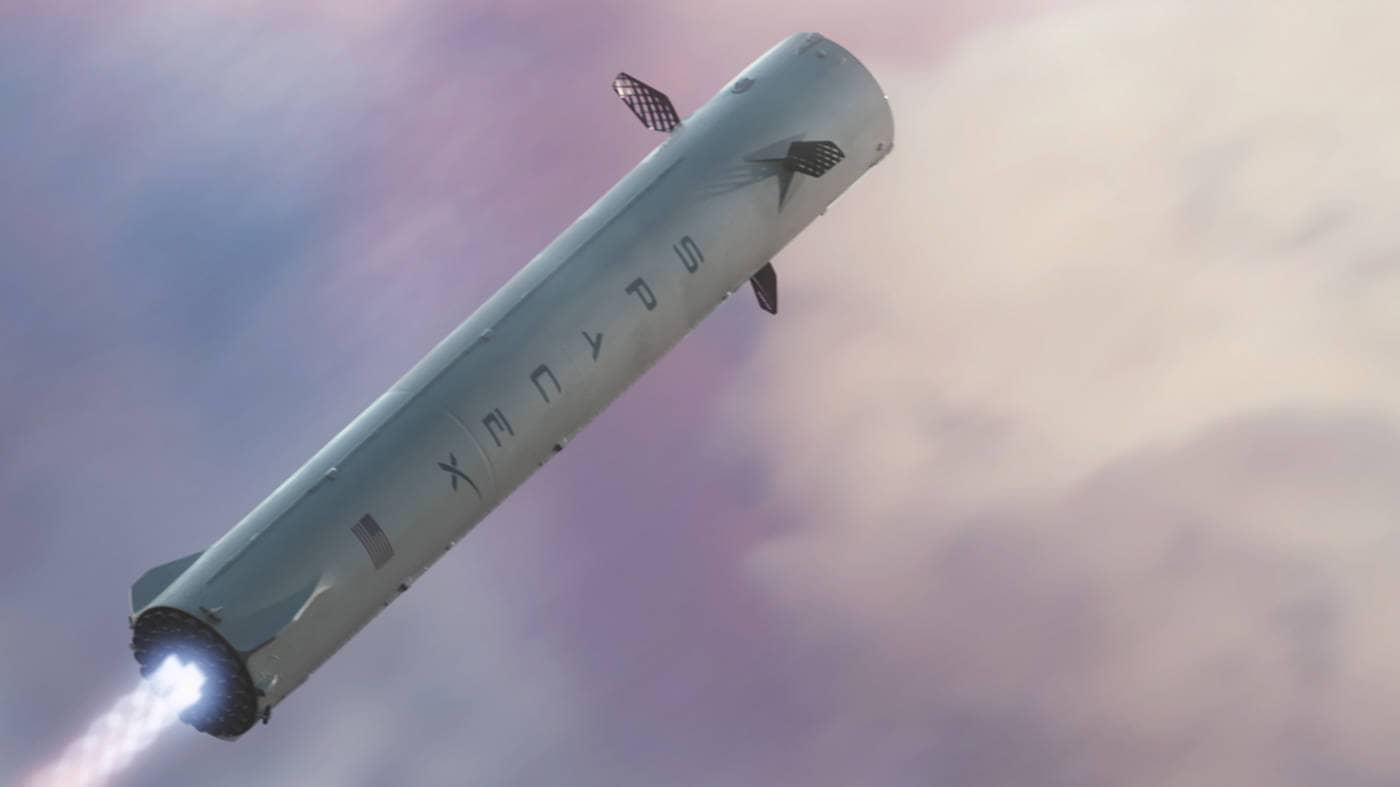When a human landed on the surface of the moon for the very first time, he was guided by a computer nearly as powerful as a pocket calculator. Hardly 50 years have passed and now the time has come when the NASA and Hewlett-Packard Enterprise (HPE) are planning to take supercomputers up there.
The “Spaceborne Computer” was launched on August 14 aboard the SpaceX CRS-12 rocket at the Kennedy Space Center. A year-long mission on the ISS will determine if this high-performance commercial computer will operate without a glitch in those harsh space conditions.
In the present technological scenario, computations are first performed on the land and then communicated to space. But having the computation power right in the space will allow the astronauts to process information in real time. The space-borne computer is designed so as it can be taken to the future Mars missions. Mars’s journey can take up to a year, and that must be the minimum life of a supercomputer.
Most computing systems are not equipped to tolerate such brutal conditions of high radiation, solar flares, micrometeoroids, unstable power, and irregular cooling. The HPE Apollo 40 server runs on open-source Linux operating system, and the software can withstand the harsh conditions. It’s water-cooled enclosure helps to keep the system safe.
Alain Andreoli, the General Manager of HPE’s data center infrastructure group, writes in a blog post:
“The Spaceborne Computer experiment will not only show us what needs to be done to advance computing in space. It will also spark discoveries for how to improve high-performance computing (HPC) on Earth and potentially have a ripple effect in other areas of technology innovation.”


